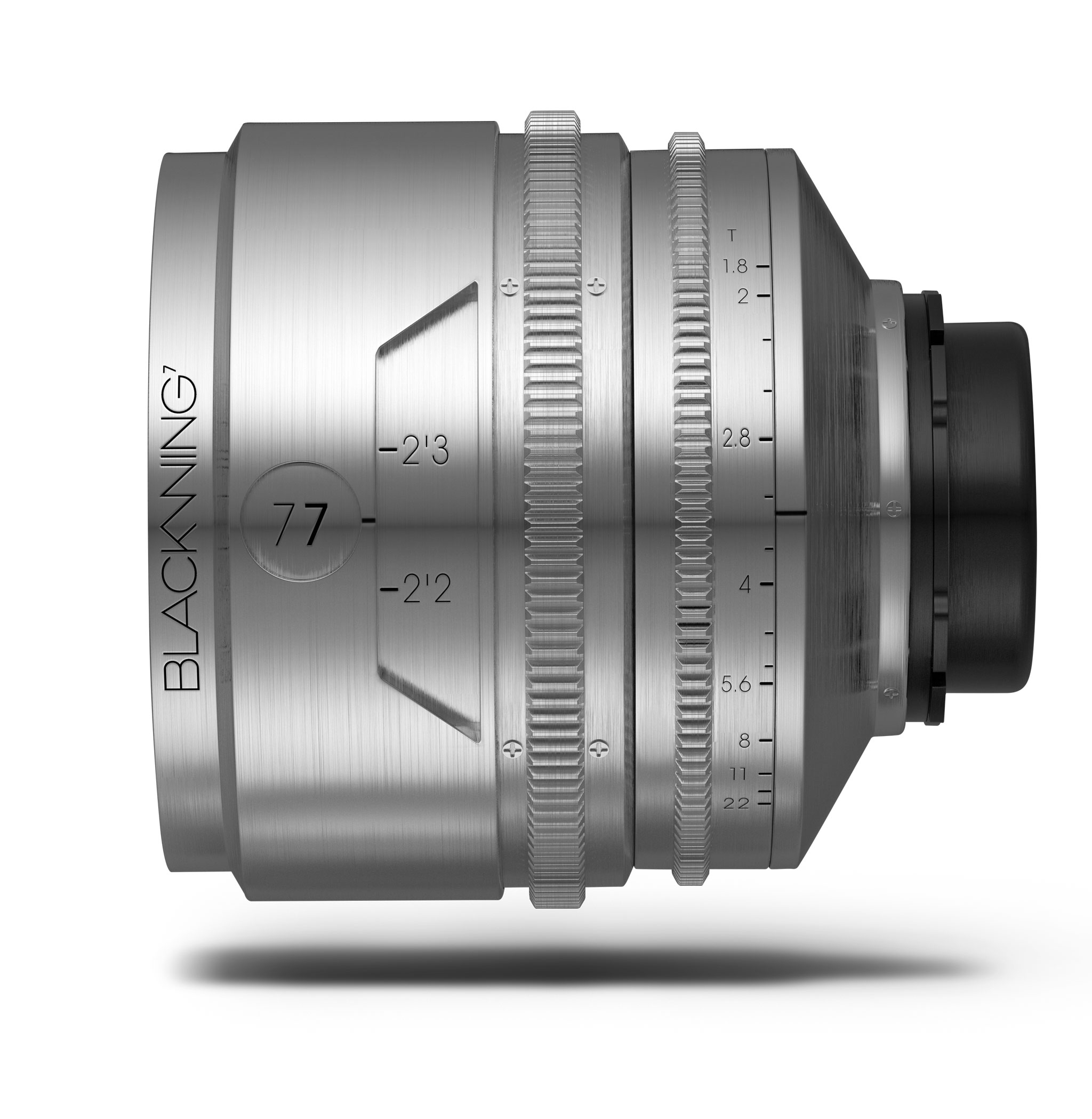Greetings from NAB Las Vegas. The question most asked has been, “Which German company is building the Tribe7 lenses?”
Now we know: it’s IB/E Optics in Freyung, Bavaria.
This email arrived today from IB/E:
“As TRIBE 7 was just beginning, Bradford Young and Neil Fanthom asked us if we had the capabilities and desire to create a completely customizable PRIME CINE lens design. The concept involved creating a core set of 7 lenses, to which another 3 focal lengths could be added at a later date. These lenses needed a new approach and a fully modular design with optical properties that are tunable or de-tunable to create look variations.
“The IB/E optical design team, led by Uwe Eckerl, had to find a way to interpret Bradford’s artistic and Neil’s technical requirements into a kind of lens source code that could be used with our optical calculation software. This in turn allowed a unique, scalable design to be created for the TRIBE 7 optics.
Uwe said, ‘For Tribe 7, I had to start with an aesthetic and find the algorithms to express that vision. This was the point where artistry and optical design met.’
“BLACKWING7 lens tuning allows parameters such as sharpness, contrast, spherical aberration, field curvature, flare and halation to be varied in a controlled manner. Many optical producers today try to capture the mood of old lenses by re-housing old glass or de-coating modern optics in an attempt to achieve an interesting aesthetic. We knew that TRIBE7 wanted to blend old designs with new processes, to create a new breed of lenses. We also realized that we had to be quick to deliver these designs to cinematographers as they were creatively exploring the new Full Frame / Large Format / VV cameras.
“When asked why the TRIBE7 requirements were so interesting, Klaus Eckerl, optical designer and head of IB/E Optics said, ‘For nearly 30 years, I have been dealing with optical development, manufacturing and coating. To deliver everything that Bradford and Neil wanted, with time against us, I knew that we had to be in control of all variables from the start. That is only possible if you do everything yourself.
“Therefore, all focal lengths have been designed from the ground up with the deliberate intention of mirroring minimalistic optical calculation methodologies and guidelines from the 1950s and 1960s. We limited ourselves in terms of lens complexity and, thus, the number of optical elements used. This helped us run the lens program faster than most people could ever imagine possible without compromising quality.
“Many things are technically feasible in modern-day optical design and production than were ever thought possible back in the 1950s. For example, lens coating has changed dramatically over time, but Klaus’s previous experience in the development of surface treatment technologies and their application helped solve many of the early challenges with coating materials to create the distinct look of vintage optics that TRIBE 7 was seeking.
“The mechanics of the BLACKWING7 lenses were also a challenge. Martin Pappenberger and Jürgen Hirsch headed the mechanical design team. In close collaboration with TRIBE 7, they were able to ensure uniform focus, iris transmission and scale rotation across all focal lengths, in a robust and artistically designed lens housing that includes features such as the BLACKWING7 logo embedded as part of the focus scale.
“Martin Pappenberger said, ‘we placed a lot of emphasis on building fixed focal length lenses that are hard-working and reliable. But, because of the tunable nature of the TRIBE7 lenses, we also needed to consider serviceability and to make sure that we could manufacture the lens variants quickly and efficiently.’
“IB/E Optics will also provide spare parts, service training, re-tuning and repair services for the BLACKWING7 lenses.
“Klaus continued, ‘We are proud to be working with TRIBE7 to bring these new and innovative lenses to the creative filmmaking community and we are excited to see how cinematographers will use these new tools to tell their stories.”









